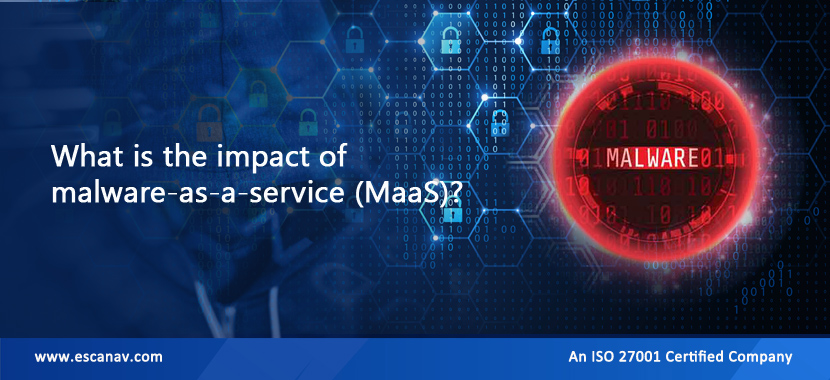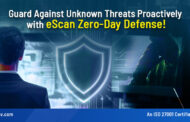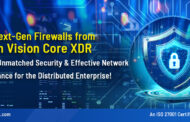As technology advances, businesses are more susceptible to malicious cyber-attacks than ever before. Moreover, cybercriminals are becoming more sophisticated, so new attack methods are popping up all the time.
Additionally, the average cost of a data breach in 2021 increased from $3.86 million to $4.24 million. For most SMBs, that’s more than enough to put them into the red. It might also harm the reputation of your company.
Protect your networks, data, systems, and business reputation by staying on top of the latest cybersecurity developments, such as Malware-as-a-Service (MaaS).
Do not worry if you are unfamiliar with Malware-as-a-Service (MaaS). You will find this article useful.
As a wrap-up, we’ll share some best practices for protecting your company’s proprietary data from threats using Malware-as-a-Service.
Let’s take a closer look.
What is Malware-as-a-Service (Maas)?
As a type of cyber attack, malware as a service (MaaS) is a method by which hackers share malware and deployment services.
Most of these services can be found on the dark web. In exchange for payment, bad actors can perform a variety of malicious activities, such as stealing sensitive information, disrupting computer systems, or encrypting data and demanding a ransom.
The following are some of the most frequent types of malware:
Viruses: Viruses that spread to other computers and replicate themselves. Computer viruses can disrupt computer operations, steal information, or damage files, among other things.
Trojan horses: They masquerade as legitimate programs when in fact they are malicious programs that steal data, or allow attackers to gain unauthorised access to computers.
Worms: Self-replicating programs that disrupt computer operations and consume network resources.
Adware: computer software that broadcasts unsolicited ads. It sometimes tracks a user’s internet behavior and can be obtrusive and irritating.
Ransomware: Encryption of a victim’s data with a demand for a ransom payment to unlock it. It can damage enterprises, resulting in the loss of critical data and files.
Spyware: An application designed to gather information about a user’s online activities without their knowledge or consent in order to steal sensitive information (such as financial statements or passwords).
Bots: Malware is often used alongside other types of malware, such as viruses or worms. Infecting a computer with a virus could lead to the download and installation of a bot, which would perform malicious activities on that computer or any other computer on the network infected with the virus.
Cybercriminals can launch attacks more easily thanks to MaaS, since they can purchase and use premade malware without having to develop it themselves. Cybersecurity experts and IT teams may have difficulty tracing the perpetrators of these attacks because of this distinction.
Unfortunately, cyber-attacks are not industry-specific. Among the industries in which cybercriminals target are transportation, where cybercriminals exploit vulnerabilities of electronic logging devices in order to steal valuable information from cloud-connected trucks.
Moreover, MaaS poses a significant threat to online job boards like Salarship, Indeed, UpWork, or any other platform that stores job applications. By targeting these sites, attackers can easily access the personal information of thousands or millions of people.
The bottom line: Businesses with sensitive data should be aware of the different types of malware and take the appropriate precautions to protect themselves from these heinous services.
Ransomware-as-a-Service (RaaS) vs. Malware-as-a-Service (MaaS)
A ransomware attack falls under the category of malware. But what is the difference between Malware-as-a-Service (MaaS) and Ransomware-as-a-Service (RaaS)?
There is a major difference between MaaS and RaaS in terms of the type of malware offered for service. While MaaS involves developing and deploying any malware, RaaS involves developing and deploying ransomware specifically.
Ransomware encrypts data and restricts access to a computer system by demanding a ransom payment to regain access. Malicious websites, phishing emails, and targeted exploits are generally the means by which it spreads.
RaaS and MaaS are online services on the dark web that make launching attacks easy for anyone without experience or knowledge.
RaaS attackers may hold the victim’s data for ransom in some cases, demanding payment in order to return it to them. Data may be encrypted by the attackers and unlocked for a fee without the victim’s knowledge.
However, ransomware is always intended to extort money from its victims.
How to protect your business against MaaS
Due to the increasing sophistication and accessibility of malware, it is very important to have defense programs in place that can provide extra protection against bad actors.
Recent research shows that 64% of Americans blame companies, not hackers, when their personal data is lost.
A few ways can be taken to lessen the impact, however. According to Cisco, adhering to General Data Protection Regulations (GDPR) can minimize the effects of data breaches.
Exactly why? GDPR compliance might prevent attackers from finding data to exploit if a company complies. A privacy policy generator can help your business become GDPR-compliant with just a few clicks.
In addition to the steps above, your business can take the following measures to protect itself from MaaS:
Protect your network with strong security measures, such as a web application firewall, intrusion detection, and strong passwords.
Fix known vulnerabilities in all software and operating systems by regularly updating and patching them.
It is important to educate employees about the risks associated with Malware-as-a-Service so they are aware of how to avoid them, including not opening suspicious email attachments or visiting untrusted websites.
Ensure that your network is regularly scanned for signs of infection by reputable anti-virus and anti-malware software.
Ensure your business’s data is backed up regularly so it can be quickly restored in the event of a disaster.
In addition to data privacy, your company’s reputation is a significant asset, which directly affects your business’s value. As a result, it’s essential to implement a strong cybersecurity plan to protect it against MaaS.
Wrapping up
A substantial technical background is no longer required for cybercriminals to carry out a hostile hack. Anyone may now become a cybercriminal because of the MaaS concept.
However, that does not imply you must always stay away from the internet, which is very difficult to accomplish in the modern world.
You may sleep well at night knowing your company’s data is safe from a MaaS attack if you take preemptive actions and implement a strong cybersecurity policy.







